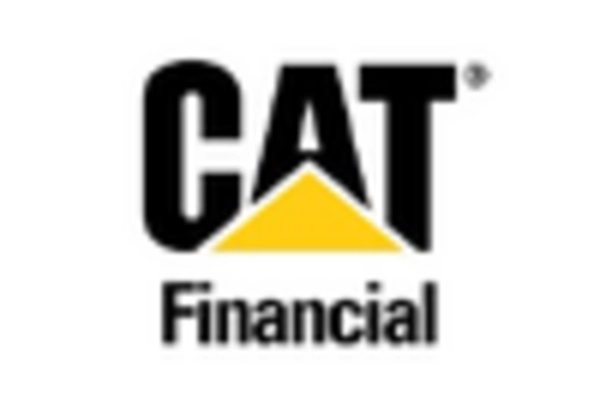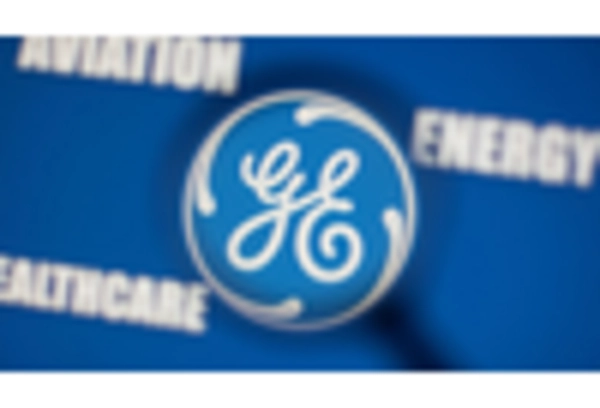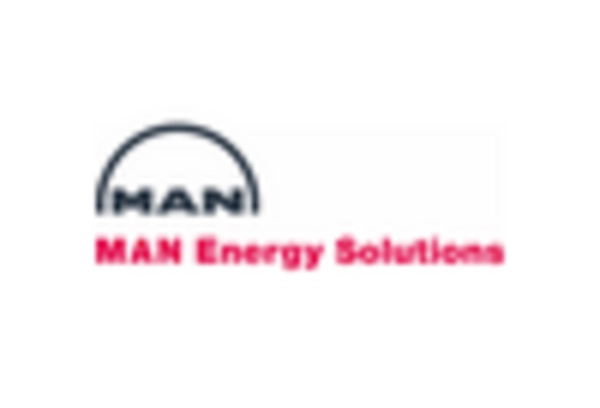Cost Competitiveness
The LNG Marine Genset Market is benefiting from the increasing cost competitiveness of LNG as a fuel source. As natural gas production expands and infrastructure for LNG distribution improves, the price of LNG has become more favorable compared to traditional marine fuels like heavy fuel oil. This shift is encouraging shipowners to transition to LNG-powered gensets, as they offer lower fuel costs and reduced maintenance expenses. Additionally, the long-term price stability of LNG compared to volatile oil prices enhances its attractiveness. Analysts suggest that this trend could lead to a significant increase in the adoption of LNG marine gensets, with projections indicating a potential market growth of 6% annually over the next decade.
Environmental Regulations
The LNG Marine Genset Market is experiencing a notable shift due to stringent environmental regulations aimed at reducing emissions from marine vessels. Governments are increasingly mandating the use of cleaner fuels, such as liquefied natural gas (LNG), to comply with international standards. This regulatory pressure is driving shipowners to invest in LNG marine gensets, which are known for their lower emissions compared to traditional marine engines. As a result, the market is projected to grow significantly, with estimates suggesting a compound annual growth rate (CAGR) of over 5% in the coming years. The adoption of LNG as a marine fuel is not only a response to regulatory requirements but also aligns with the broader trend of sustainability in the maritime industry.
Technological Innovations
Technological advancements play a crucial role in the LNG Marine Genset Market, as innovations in engine design and fuel efficiency are enhancing the appeal of LNG-powered systems. Recent developments in dual-fuel engines allow for greater flexibility, enabling vessels to switch between LNG and traditional fuels seamlessly. This adaptability is particularly attractive to operators seeking to optimize operational costs while adhering to environmental standards. Furthermore, advancements in digital monitoring and control systems are improving the performance and reliability of LNG gensets. The market is likely to witness a surge in demand as these technologies become more prevalent, potentially leading to a market valuation exceeding USD 2 billion by 2030.
Expansion of LNG Infrastructure
The LNG Marine Genset Market is poised for growth due to the ongoing expansion of LNG infrastructure worldwide. The development of LNG bunkering facilities and storage capabilities is facilitating the adoption of LNG as a marine fuel. As more ports invest in LNG infrastructure, the accessibility of LNG for marine applications is improving, thereby encouraging shipowners to consider LNG gensets for their vessels. This infrastructure expansion is critical in supporting the transition to cleaner fuels and is likely to drive market growth. Projections indicate that the LNG marine genset market could see a compound annual growth rate of 7% as infrastructure developments continue to unfold, making LNG a more viable option for maritime operations.
Growing Demand for Energy Efficiency
The LNG Marine Genset Market is witnessing a growing demand for energy-efficient solutions in the maritime sector. As shipping companies strive to reduce operational costs and enhance fuel efficiency, LNG gensets are emerging as a viable alternative. These systems not only provide reliable power but also contribute to lower fuel consumption and emissions. The increasing focus on operational efficiency is prompting shipowners to invest in LNG technology, which is perceived as a long-term solution to meet both economic and environmental goals. Market analysts indicate that the drive for energy efficiency could propel the LNG marine genset market to new heights, with expectations of a market size reaching USD 3 billion by 2035.


















Leave a Comment